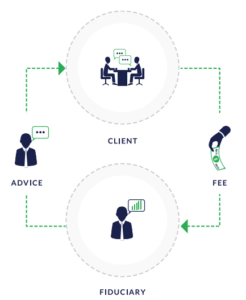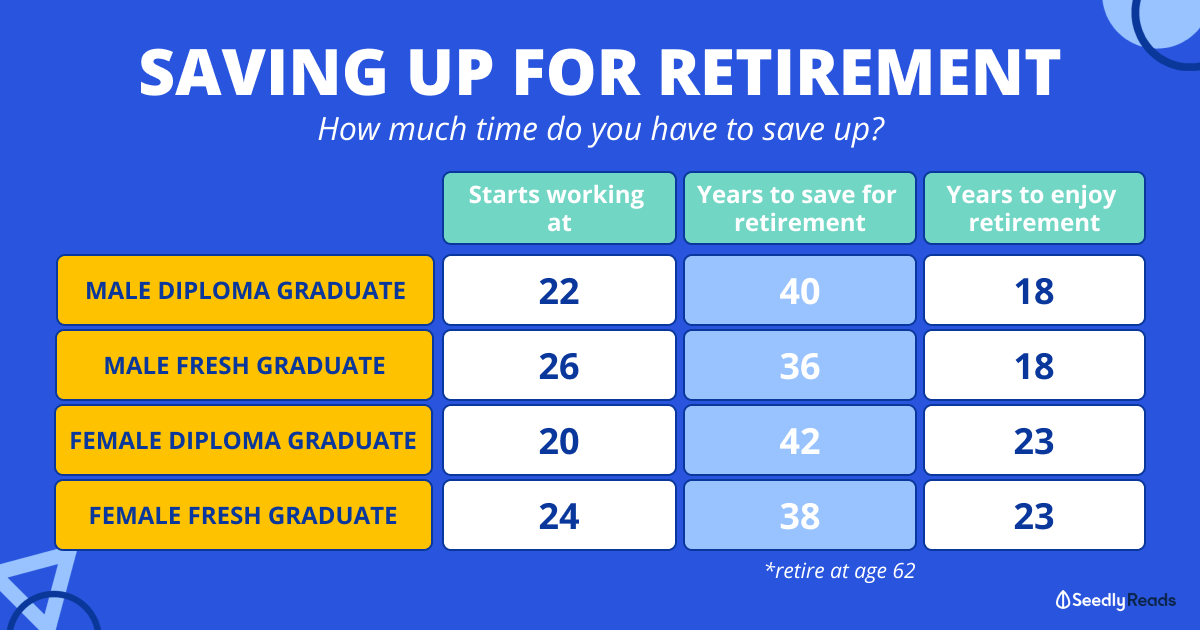
A mobile banking app is a great way of staying in touch with your customers and providing them with pertinent information. You can send your customers notifications, discounts, or other relevant information. With a mobile banking app, you can even customize the notifications to the preferences of each individual customer.
App store marketing
A key part of building a successful mobile bank is app store marketing. App marketing campaigns need to go beyond the app shop. Apps should be promoted online, at retail locations, or with QR codes. Developers must do their market research and develop keyword strategies before launching apps.
App-only banks need to use social media in order to reach new customers. It can be very efficient to use social media to attract customers. Simple but effective visuals can catch the attention of potential customers.

To open a mobile bank account, you will need to provide biometric data
For opening a mobile bank account you will need biometric information such as fingerprints or an iris scan. There are several legal considerations to be aware of when using biometrics. One example is that biometric data may be re-used, which can lead to privacy issues, especially if stored in a central location. Data protection authorities suggest decentralized data devices rather than central ones in order to avoid this. Additionally, biometric data is subjected to a United Nations Resolution which establishes guidelines for computerized personal file regulation. Although it is not legally binding, this resolution provides a solid framework for legal debates.
Biometric security may be an important tool for banking convenience and security, but it could also create privacy issues. Biometrics are increasingly being used as digital interactions increase. Biometrics are not for everyone. FICO conducted a survey and found that sixty percent of respondents would approve of the use biometrics for banking.
Cost of a mobile account
You may be wondering how much it will cost to get a mobile bank account. Many banks are open to the idea of charging a small amount for mobile banking. This fee would allow banks to cover the cost for maintaining mobile banking and the introduction of new services. A bank could also offer mobile banking free of charge.
Depending on your needs, the cost of a mobile banking service can range anywhere from $1 to $10. There are fees for foreign transaction fees, account closure fees, and paper statements. These fees can reach as high as $25 in some cases.

Mobile phone usage fees
Mobile banking has become an essential feature for many consumers. You can access your accounts from anywhere you are. It also allows you to track your finances. Your phone can be used to check your balances or transfer money into your savings account. You can also access your banking services from your phone, which reduces costs.
You should always read the terms and conditions of using your mobile device for banking transactions. You might be charged extra fees by certain companies to use their services. For instance, mobile devices have different data processing requirements. To store information, mobile banking apps must comply with certain security requirements.
FAQ
What are my options for retirement planning?
No. This is not a cost-free service. We offer free consultations to show you the possibilities and you can then decide if you want to continue our services.
What is a Financial Planning Consultant? And How Can They Help with Wealth Management?
A financial advisor can help you to create a financial strategy. They can analyze your financial situation, find areas of weakness, then suggest ways to improve.
Financial planners are professionals who can help you create a solid financial plan. They can assist you in determining how much you need to save each week, which investments offer the highest returns, as well as whether it makes sense for you to borrow against your house equity.
Financial planners are usually paid a fee based on the amount of advice they provide. Certain criteria may be met to receive free services from planners.
Is it worthwhile to use a wealth manager
A wealth management service should help you make better decisions on how to invest your money. You should also be able to get advice on which types of investments would work best for you. This will give you all the information that you need to make an educated decision.
But there are many things you should consider before using a wealth manager. Do you feel comfortable with the company or person offering the service? Will they be able to act quickly when things go wrong? Are they able to explain in plain English what they are doing?
What are some of the different types of investments that can be used to build wealth?
There are many types of investments that can be used to build wealth. Here are some examples.
-
Stocks & Bonds
-
Mutual Funds
-
Real Estate
-
Gold
-
Other Assets
Each of these options has its strengths and weaknesses. Stocks and bonds are easier to manage and understand. However, stocks and bonds can fluctuate in value and require active management. However, real estate tends be more stable than mutual funds and gold.
Finding something that works for your needs is the most important thing. To choose the right kind of investment, you need to know your risk tolerance, your income needs, and your investment objectives.
Once you have made your decision on the type of asset that you wish to invest in, it is time to talk to a wealth management professional or financial planner to help you choose the right one.
Statistics
- These rates generally reside somewhere around 1% of AUM annually, though rates usually drop as you invest more with the firm. (yahoo.com)
- US resident who opens a new IBKR Pro individual or joint account receives a 0.25% rate reduction on margin loans. (nerdwallet.com)
- According to a 2017 study, the average rate of return for real estate over a roughly 150-year period was around eight percent. (fortunebuilders.com)
- According to Indeed, the average salary for a wealth manager in the United States in 2022 was $79,395.6 (investopedia.com)
External Links
How To
How to invest your savings to make money
You can get returns on your capital by investing in stock markets, mutual funds, bonds or real estate. This is called investing. It is important to understand that investing does not guarantee a profit but rather increases the chances of earning profits. There are many different ways to invest savings. These include stocks, mutual fund, gold, commodities, realestate, bonds, stocks, and ETFs (Exchange Traded Funds). These methods are discussed below:
Stock Market
The stock market is an excellent way to invest your savings. You can purchase shares of companies whose products or services you wouldn't otherwise buy. You can also diversify your portfolio and protect yourself against financial loss by buying stocks. If the price of oil falls dramatically, your shares can be sold and bought shares in another company.
Mutual Fund
A mutual fund can be described as a pool of money that is invested in securities by many individuals or institutions. These mutual funds are professionally managed pools that contain equity, debt, and hybrid securities. The mutual fund's investment objective is usually decided by its board.
Gold
Long-term gold preservation has been documented. Gold can also be considered a safe refuge during economic uncertainty. It is also used as a form of currency in some countries. The increased demand for gold from investors who want to protect themselves from inflation has caused the prices of gold to rise significantly over recent years. The supply and demand fundamentals determine the price of gold.
Real Estate
Real estate refers to land and buildings. Real estate is land and buildings that you own. You may rent out part of your house for additional income. You could use your home as collateral in a loan application. The home may also be used to obtain tax benefits. You must take into account the following factors when buying any type of real property: condition, age and size.
Commodity
Commodities can be described as raw materials such as metals, grains and agricultural products. As these items increase in value, so make commodity-related investments. Investors who wish to take advantage of this trend must learn to analyze graphs and charts, identify trends and determine the best entry point to their portfolios.
Bonds
BONDS are loans between governments and corporations. A bond is a loan agreement where the principal will be repaid by one party in return for interest payments. The interest rate drops and bond prices go up, while vice versa. Investors buy bonds to earn interest and then wait for the borrower repay the principal.
Stocks
STOCKS INVOLVE SHARES of ownership in a corporation. Shares represent a fractional portion of ownership in a business. If you own 100 shares of XYZ Corp., you are a shareholder, and you get to vote on matters affecting the company. When the company earns profit, you also get dividends. Dividends can be described as cash distributions that are paid to shareholders.
ETFs
An Exchange Traded Fund (ETF), is a security which tracks an index of stocks or bonds, currencies, commodities or other asset classes. ETFs trade in the same way as stocks on public exchanges as traditional mutual funds. For example, the iShares Core S&P 500 ETF (NYSEARCA: SPY) is designed to track the performance of the Standard & Poor's 500 Index. This means that if SPY was purchased, your portfolio would reflect its performance.
Venture Capital
Venture capital is private funding that venture capitalists provide to entrepreneurs in order to help them start new companies. Venture capitalists can provide funding for startups that have very little revenue or are at risk of going bankrupt. They invest in early stage companies, such those just starting out, and are often very profitable.